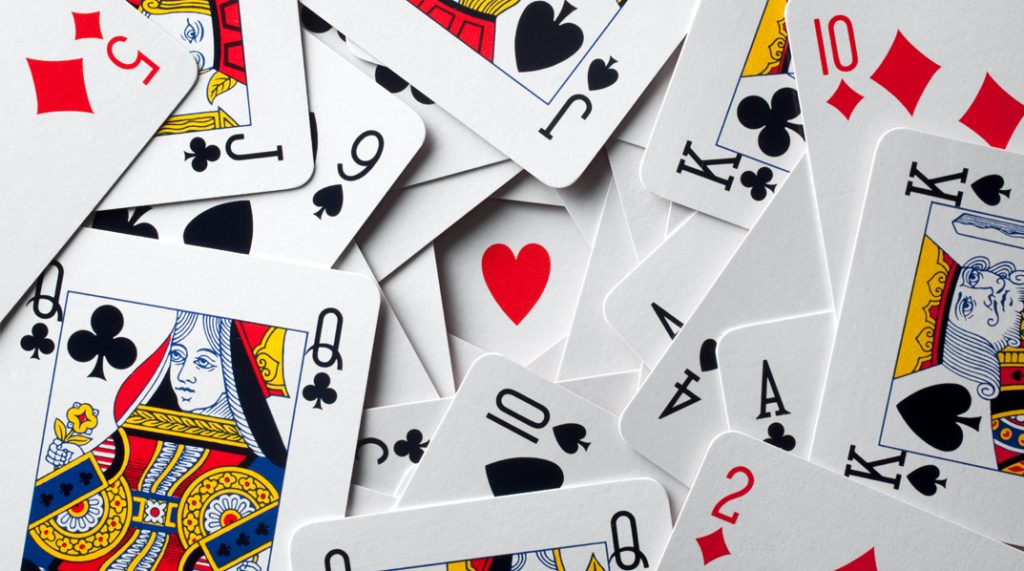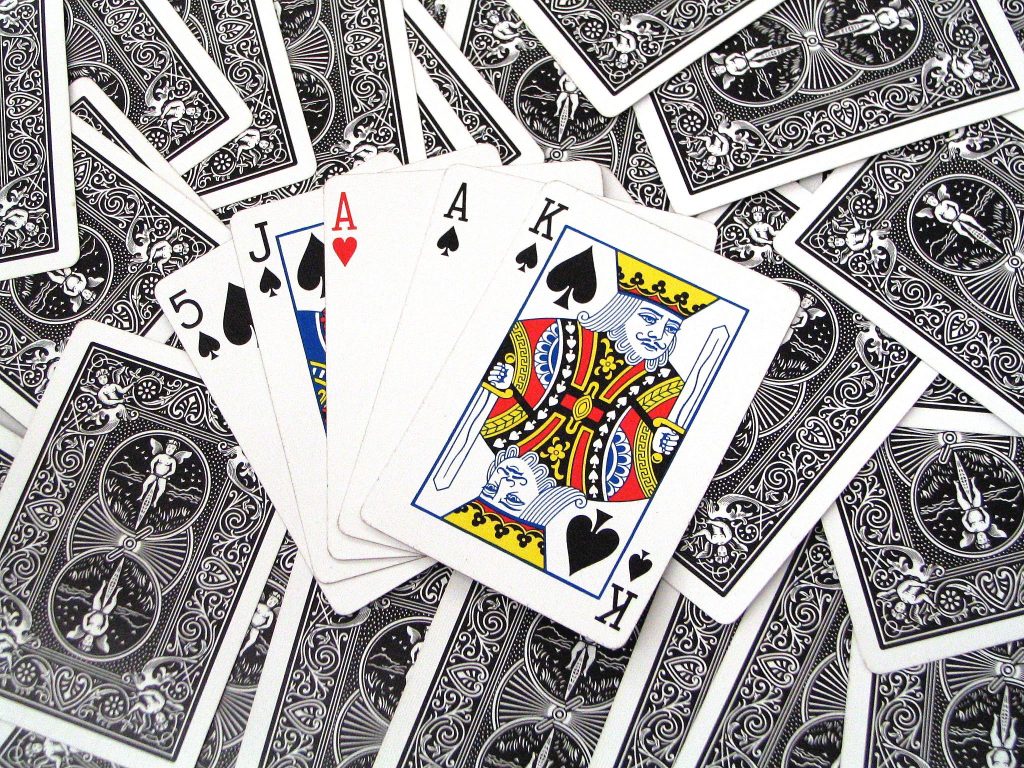Card games represent a broad category of games that use cards to play. The rules and objectives of each game can vary significantly, which makes them unique and challenging in their own way. However, despite the large differences that exist between them, they can be grouped into specific card game types according to their main characteristics.
1. Draught games
Draught games are one of the most popular types of card games for two or more players. There are many games in this category, but they are usually played in rounds. Each player has a hand and must play these cards to watch or cut those played by the other players.
The objective of each game varies. There are games in which the goal is to collect as many throws as possible, others in which the throws are countable (each card has an associated score), and still others in which the player must avoid collecting any specific throws or cards, for example.
Among the most popular turn games we find Hearts, Bridge and Swedish.
2. Discarding Games

As the name suggests, in these types of card games, each player has a hand to play and must discard his cards. The first to discard all their cards wins the game. In some varieties of these games, there is only one loser: the last person left with cards.
Popular discard games include UNO and Donkey.
3. Matching games
In these games, the goal is to pair or match a specific set of cards before the opponent can do so. Many of these games also contain components of discard games, in that their goal is to combine the cards in order to discard them. In these cases, the first player who manages to discard all his cards wins.
Hole and Rummy are examples of matching games.
4. Solitaire / Patience Games

Patience games, also known as Solitaire, are single-player card games. The term Patience covers a wide variety of card games, with different rules, game table arrangements, and different objectives.
In the most popular varieties, such as Klondike, Spider, and FreeCell, the goal is to create sequences of cards and build foundations by suit, following a certain order. Other famous types of Patience, such as Tripeaks and Pyramid, have some characteristics of matching games, as they require the player to match cards to remove them from the playing table until none are left.
5. Comparison games
Comparison games are games of competition between two or more players for a position of superiority. In these challenges, players compare their hands to find out who has the best combination of cards.
Most games of chance, such as Poker, fall into this category.
6. Banker Games
Traditionally, banking games refer to games based on luck and chance and in which the players’ skills and strategies are not important. The most popular banking games are Blackjack and Baccarat.
The distinguishing characteristic of these games is that players face a dealer (or banker) and must bet on having or eventually acquiring better cards than the dealer. In casinos, the dealer represents the house (casino). In home games, the role of the dealer may rotate among the players to balance their chances of winning.
7. Betting games
These types of card games are based solely on luck. Players simply bet on the probability that a particular card will appear on the playing table.
Trente et Quarante, also known as Rouge et Noir, a popular game in European casinos, falls into this category. Faro, one of the oldest card games still played in some casinos in Nevada, USA, is also a gambling game.
One game, several types: multi-genre card games
Despite these 7 classifications of card game types, the vast majority of games are hybrids. They may have a particular characteristic that places them within a specific category, but they probably also contain peculiarities from other categories.
For example, Peixinho is a combination game, but it is also a casting game since players must collect cards from other players. Interestingly, despite its name, it is not a fishing game, although it does contain certain details similar to these in its rules. Another example is the Patience games, since they have characteristics of the combination and discard games.
In short, these classifications are not exclusive. Most card games have characteristics of some or even all of the categories. These classifications merely group them by attributes and help organize the different types of card games so that it is easier to recognize their purpose and playability.
